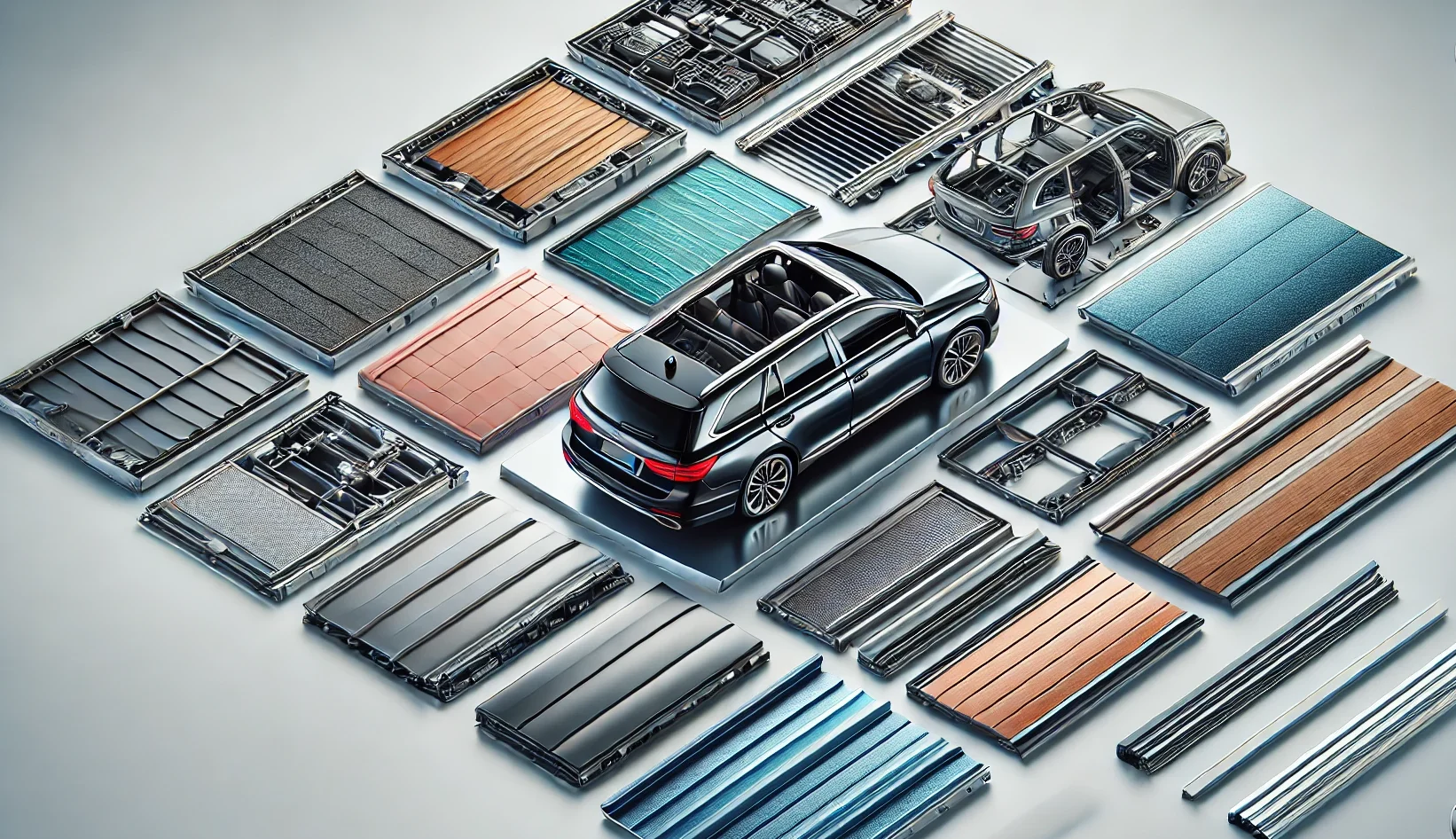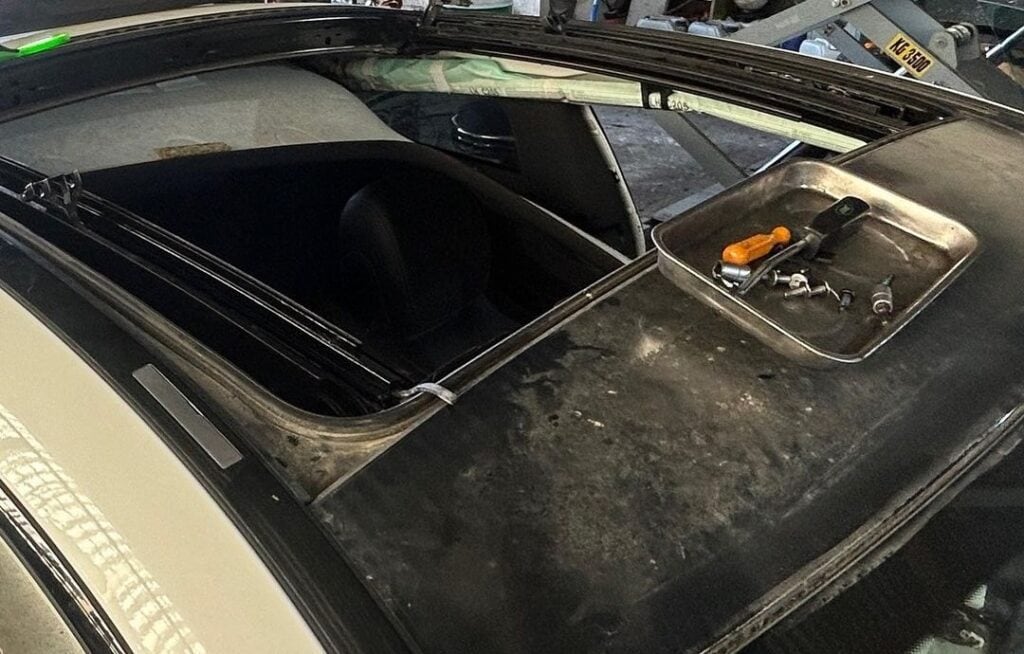 Understanding the Effectiveness of Car Sliding Roof Systems: Key Benefits and Considerations
Understanding the Effectiveness of Car Sliding Roof Systems: Key Benefits and Considerations
Car sliding roof systems are becoming increasingly popular among car manufacturers for several reasons. While not yet completely commonplace, these systems provide significant benefits, especially in challenging climates. However, there have been instances where cars have encountered difficulties, such as getting stuck in high winds while the roof was sliding. In certain conditions, such as heavy snow, the roof could even lift off the car. Despite these challenges, a car sliding roof system remains a valuable feature for vehicle owners, particularly in terms of improving traction.
Types of Car Sliding Roof Systems
There are several different types of car sliding roof systems, each using various materials and designs. One common method involves double-layering plastic, metal, or wood materials. Another approach uses a thin layer of either metal or plastic laid atop a wooden frame. Yet another type of system consists of thin layers of either plastic or metal placed on a vinyl baseboard. Each of these methods has its own advantages and disadvantages, largely depending on the climate in which the vehicle is typically driven.
Key Benefits of Car Sliding Roof Systems
A car sliding roof system offers several important benefits:
- Enhanced Strength: One of the primary benefits is the added strength it provides to the roofing structure. In many cases, cars can be pushed around by strong wind gusts. A sliding roof is designed to give extra traction to the roof, helping the car maintain stability even in adverse weather conditions.
- Protection from Rain: Another significant advantage of a car sliding roof system is its ability to protect the vehicle from rain. In heavy rain, there is a risk that a regular roof might lift off the car, but a sliding roof is less likely to do so. Additionally, this type of roof helps keep out rain and snow more effectively, preventing them from accumulating on or under the roof.
- Durability: Sliding roof systems are generally more durable than standard roofs. Because the rain and snow are unable to penetrate beneath the roof, the car is better protected from damage and deterioration. This durability means that the roof will last longer, reducing the need for frequent replacements.
Considerations for Installing Sliding Roof Systems
While car sliding roof systems offer many benefits, there are also some considerations to keep in mind:
- Replacement Needs: If the roof becomes damaged, it will need to be replaced, even if the damage is not extensive. It’s important to install a new roof system on top of the old one if repairs are not possible. The stronger materials used in sliding roof systems make them more durable, but also mean that repairs can be more complex.
- Installation on Higher Vehicles: Another advantage of sliding roof systems is that they can be installed on vehicles that are higher than normal. Regular roofs can be difficult to install on taller cars, but sliding roof systems are designed to fit easily, making them a practical choice for vehicles with higher roofs.
Conclusion: The Popularity and Practicality of Sliding Roof Systems
Overall, car sliding roof systems are highly popular because they provide an effective way to protect vehicles from the elements while adding durability and style. These systems are less likely to need replacement than regular roofs, and they offer enhanced protection from rain, snow, and wind. For those who want to keep their vehicles in top condition, ensuring that the roof is properly maintained and choosing a sliding roof system can be an excellent investment.

